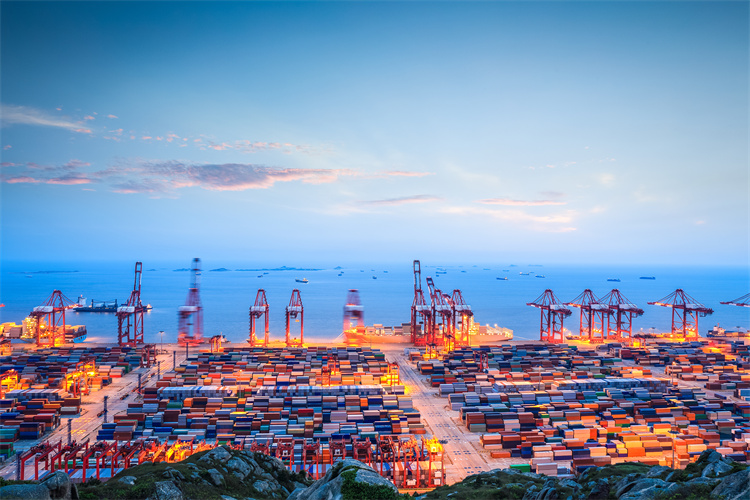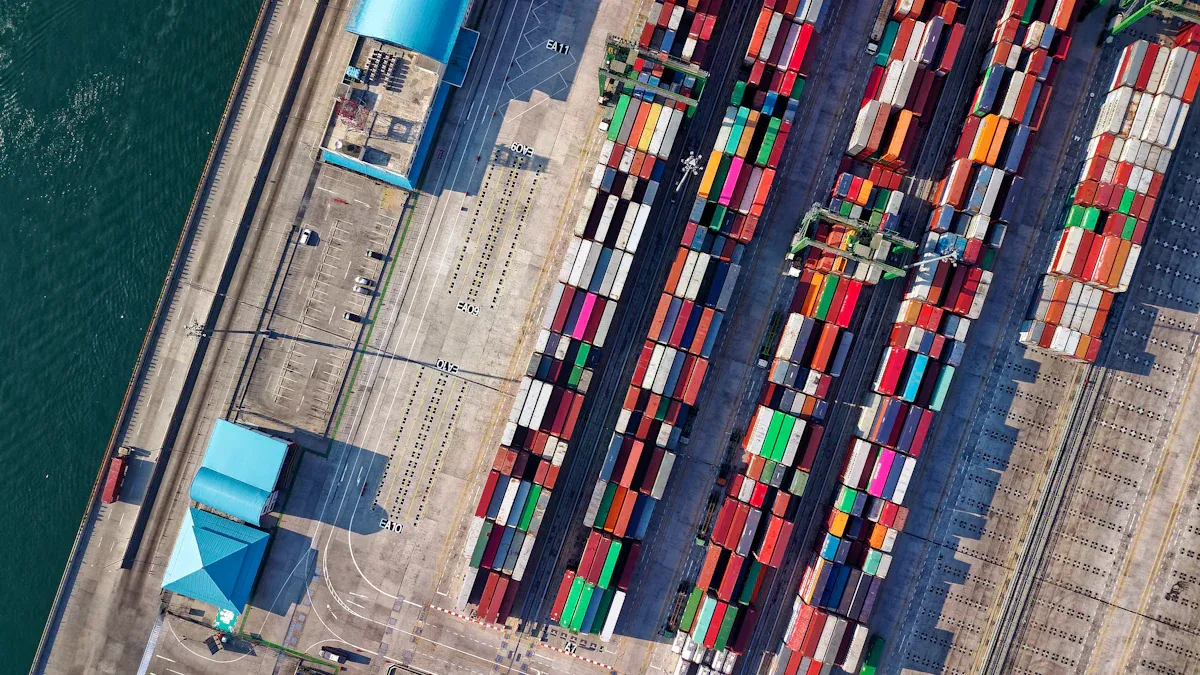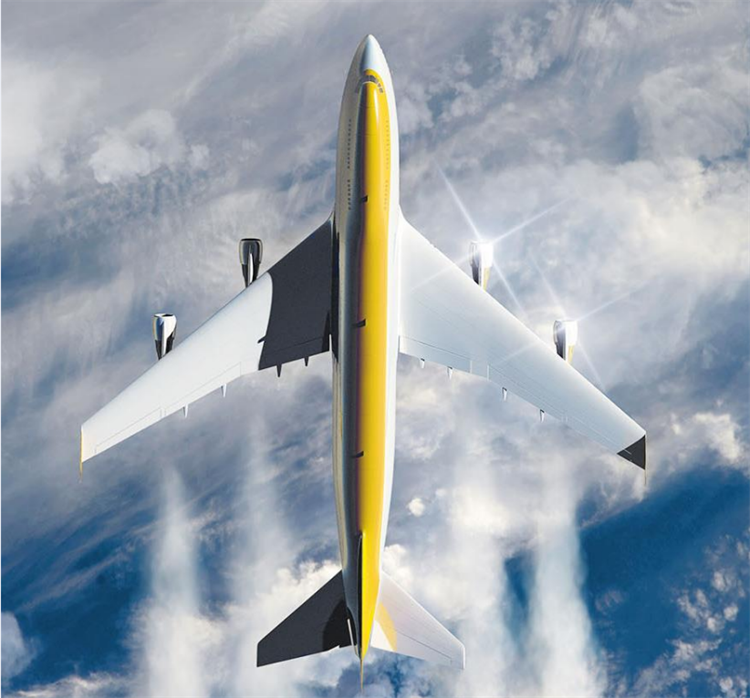2025 Shipping Costs Air Freight vs Other Methods

Shipping costs in 2025 depend on the method you pick. Air freight is very fast but costs more money. Other ways, like sea or rail, are cheaper for big shipments. Knowing these cost differences helps you choose the best option.
Key Takeaways
Air freight is the quickest way to ship items. It works well for urgent needs but costs more than other ways.
Sea freight is the least expensive for big shipments. It is good for heavy goods but takes more time to arrive.
Picking the best shipping method saves money and time. Think about speed, size, and how it affects the environment.
Understanding Air Freight and Other Shipping Methods
What is Air Freight?
Air freight uses planes to move goods quickly. It is fast and dependable, perfect for urgent deliveries. Companies use it to ship expensive items like electronics or medicine. Though air freight is less than 1% of global shipping, it makes up 40% of trade value. This shows how important it is for moving valuable goods fast.
Air freight is great when sea or rail can't meet deadlines. For example, it helps restock stores during busy times or delivers fresh food like seafood. But air freight costs more, so it's not ideal for large shipments.
Overview of Sea, Rail, and Road Shipping Methods
Sea, rail, and road shipping are other choices besides air freight. Sea freight is best for moving big loads over long distances. It is cheaper and good for heavy items like machines or raw materials. Rail shipping works well for heavy goods across continents. It is reliable and better for the environment, so industries like energy use it.
Road shipping is flexible for short trips. Trucks can go to far places and deliver directly. Intermodal shipping mixes these methods to save money and time. For example, goods might travel by ship, then train, and finally by truck. This helps businesses balance speed, cost, and ease.
Cost Comparison of Shipping Methods in 2025

Key Cost Drivers of Air Freight
Air freight costs in 2025 depend on many things. High demand and fewer planes raise prices. When more companies need air freight, costs go up. For example, shipping rates from China to the U.S. rose by 15%. Rates to Europe increased by over 20%. Rules for e-commerce also change shipment amounts. These reasons make air freight costly but great for fast deliveries.
Report Title | Key Findings |
|---|---|
Tight capacity, high demand expected to push air cargo costs higher in 2025 | More demand and fewer planes raise air freight costs in 2025. |
Shipping & Freight Cost Increases, Current Shipping Issues, and Shipping Container Shortage [2025] | Air freight rates from China to the U.S. rose by 15%, and rates to Europe went up by over 20%. Rules will affect e-commerce shipments. |
Cost Analysis of Sea Freight
Sea freight is the cheapest way for big shipments. It works well for heavy items like machines or raw materials. Sea freight is slower than air freight but costs much less. Studies show businesses pick sea freight to save money on bulk goods. But import taxes can make it pricier, so local shipping may be better.
Sea freight is cheaper for moving large shipments.
Rail Freight Costs in 2025
Rail freight is a mix of speed and cost. It costs less than air freight and is quicker than sea freight for nearby shipping. Industries like energy and cars use rail freight because it is reliable. In 2025, rail freight prices stay steady, making it a smart choice for shipping across countries.
Road Freight Costs and Affordability
Road freight is the most flexible for short trips. Trucks bring goods straight to your door. Road freight costs depend on fuel prices and distance. It is often cheap for small shipments. Companies use road freight with sea or rail shipping for smooth delivery.
Factors Influencing Shipping Costs
Shipment Size and Weight Considerations
The size and weight of shipments affect costs. Bigger shipments cost more because they need more space and fuel. But shipping in bulk can lower the cost per item. For example, sending grains or oil in bulk saves money. Heavier shipments cost more due to extra fuel and work needed. If you ship small items, combine them to save money.
Urgency and Delivery Speed
Fast delivery costs more money. Air freight is the quickest way to ship goods. It’s great for urgent items like medicine or fresh food. But faster shipping is more expensive. Slower options like sea or rail cost less but take longer. Pick the method based on how fast you need your shipment.
Environmental Impact and Sustainability
Different shipping methods affect the environment in different ways. Air freight uses more fuel, so it harms the environment more. Rail and sea freight are better for the planet. Many companies now choose eco-friendly shipping, even if it takes longer. If you care about the environment, pick greener shipping options.
Economic Trends Shaping 2025 Shipping Costs
Global trends change shipping costs. Fuel prices affect air freight the most. When more people need shipping, prices go up. Trade rules and market changes also impact costs. Knowing these trends helps you plan your shipping budget better.
Pros and Cons of Air Freight and Other Methods

Air Freight: Fast and Reliable for Urgent Deliveries
Air freight is the fastest way to ship goods. It can deliver items in hours or days, unlike weeks with other methods. This makes it great for urgent things like medicine or electronics. It also reaches faraway places directly, cutting extra transport steps. Frequent flights help avoid delays, ensuring quick delivery.
But air freight costs more money. It also has limits on size and weight, so it’s not good for big shipments. Weather can sometimes cause delays, but it’s still a dependable choice for urgent needs.
Pros | Cons |
|---|---|
Expensive | |
Safe and reliable | Size and weight limits |
Direct to remote areas | Weather can delay flights |
Sea Freight: Best for Big and Cheap Shipments
Sea freight is the cheapest way to move large shipments. It’s perfect for businesses shipping many items because costs are lower per unit. This method is also better for the environment, using less fuel than air freight.
However, sea freight is slow, taking 4-6 weeks to deliver. Customs and weather can also cause delays. Even with these issues, it’s a smart choice for heavy, non-urgent goods.
Advantages:
Cheaper for big shipments
Eco-friendly option
Disadvantages:
Slow delivery times
Delays from customs or weather
Rail Freight: Affordable and Reliable for Regional Shipping
Rail freight is faster than sea freight and cheaper than air freight. It’s a good option for shipping across regions. Industries like cars and energy use it because it’s reliable and can carry heavy loads. Trains also stick to schedules, making them dependable.
But rail freight only works where train tracks exist. Extra transport is needed for final delivery. Despite this, it’s a solid choice for cross-country shipping.
Road Freight: Flexible for Short Trips
Road freight is very flexible for short distances. Trucks bring goods straight to your door, skipping extra transport steps. It’s affordable for small shipments and allows route changes when needed.
But traffic and weather can cause delays. There’s also a higher chance of theft compared to air freight. Still, its flexibility makes it a favorite for last-mile deliveries.
Performance Measure | Description |
|---|---|
Total Delay | Time lost in traffic |
Planning Time Index (PTI) | Extra time needed for on-time delivery |
Hours of Congestion per Year | Hours when traffic slows vehicles |
Choosing the Right Shipping Method with JUSDA
Balancing Cost and Speed for Your Business
Picking the right shipping method saves money and time. Air freight is very fast, perfect for urgent needs. But it costs more than other methods. To save money, businesses combine shipments or plan better routes. These tricks cut costs but keep deliveries quick. For example, Modern Express uses hybrid trucks and skilled drivers. This helps them deliver 99% of packages on time. Maergo ships fast in 1-3 days and lowers pollution.
Technology helps too. Tools like Amazon SageMaker predict delivery times well. This helps companies plan smarter and work better. By using these ideas, you can ship faster and save money.
Industry-Specific Shipping Needs
Different industries need different shipping methods. Electronics makers use air freight for fast and safe delivery of expensive items. Car and heavy goods industries prefer sea or rail freight for big shipments. Medical companies need fast and reliable shipping for things like vaccines.
JUSDA knows every industry is unique. They offer special plans for businesses like FMCG, cars, and energy. Whether you need quick shipping or cheap bulk delivery, JUSDA has a solution for you.
Leveraging JUSDA’s Warehousing Solutions for Efficiency
Good warehouses make shipping easier. JUSDA’s warehouses track inventory in real-time with tools like JusLink. This gives you better control of your stock. For example, their Vietnam warehouse has 110,000 square meters of space. It also offers clean rooms and services like packing.
JUSDA connects warehousing with shipping methods like air freight. This reduces delays and makes shipping smoother. With JUSDA, you can manage your supply chain better and focus on growing your business.

JUSDA Solutions
To provide you with professional solutions and quotations.
Shipping costs in 2025 depend on the method you pick. Air freight is the fastest but costs more money. Sea, rail, and road shipping are cheaper for big loads or nearby deliveries. Think about how fast you need it, the size, and the effect on the environment. JUSDA makes choosing easier with reliable and efficient options.
See Also
Exploring Innovations in Sea Freight Logistics for 2024
An In-Depth Look at the Future of LTL Freight
The Definitive Guide to Reducing Logistics Costs
